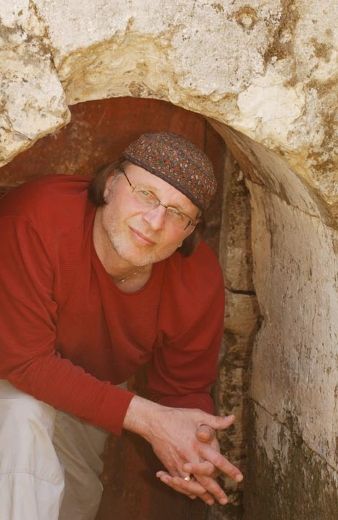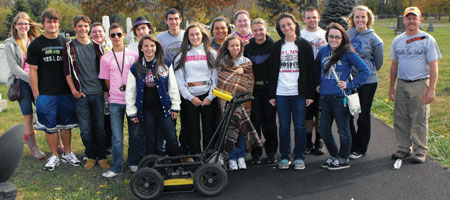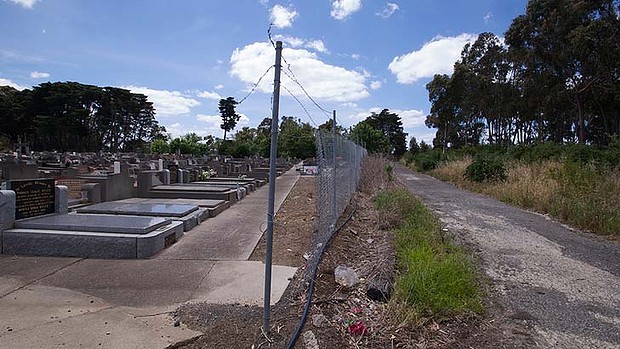Ground Penetrating Radar Roundup: Wombats, Joseph of Arimathea and Radar for Recycling
From a documentary claiming to have found the tomb of a Biblical figure to high school students using ground penetrating radar to discover local history, here’s what’s going on in the world of ground penetrating radar:

Simcha Jacobovici, Emmy Award winner, used ground penetrating radar to discover a tomb he believes may house a Biblical figure
Emmy winner Simcha Jacobovici has begun screenings of his documentary, wherein he claims to have found the tomb of Jacob of Arimathea, whose original tomb housed Jesus of Nazareth after the crucifixion, using ground penetrating radar. The documentary will be shown Thursday, April 12 on the Discovery Channel.

Wombats and rains took their toll on a cemetery near Canberra. Scientists are using ground penetrating radar in repair efforts
In Canberra, India, scientists are using ground penetrating radar to identify the location of bodies in a cemetery that has been destroyed by rain… and burrowing wombats. Repairs will begin soon.
One company is using ground penetrating radar to identify 40,000,000 lbs. of buried nylon 66 fiber and purge at a landfill in South Carolina. The company resells certain kinds of materials, and will sell the material to be used for carpeting, clothing or tire cord.

Students in Washington, Ohio, use ground penetrating radar to dig up some local history – and may be featured in a cable show for their efforts
In Ohio, students using ground penetrating radar may have found the unmarked grave of the wife of one of the town’s founding fathers. The students may be featured in a future episode of the Time-Warner show “It Ain’t Rocket Science.”

A fence separates Preston cemetery from university grounds where amateur scientists believe hundreds of bodies are also buried
In Melbourne, Australia, amateur scientists have proposed that 600 bodies may be buried on its land. The university is using ground penetrating radar to investigate the claims and will halt development until the assessment is completed.
Photo credits: The Sudbury Star, Canberra Times, Washington Record Herald, and Sydney Herald


